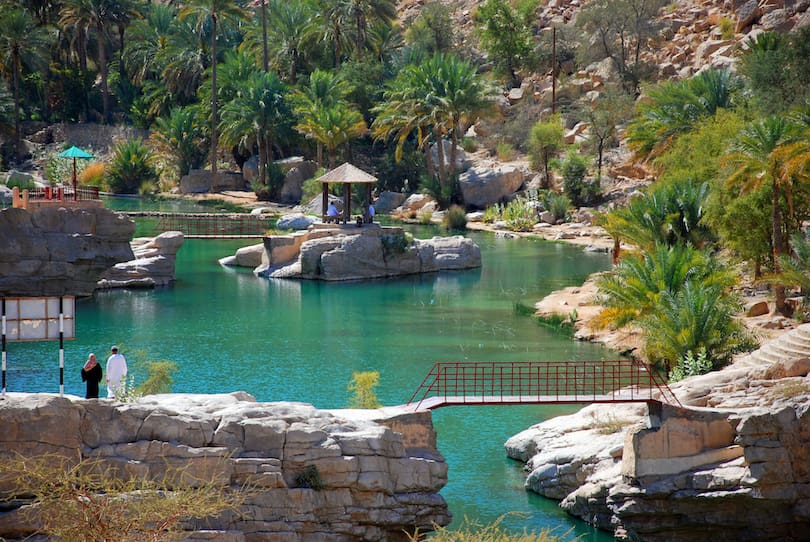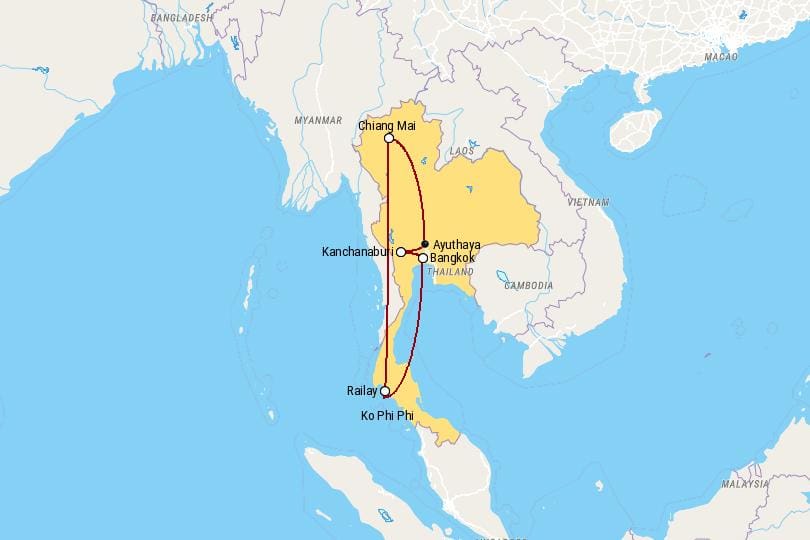Discover the fascinating Panchakki in Aurangabad, a historical marvel of engineering. Learn about its rich history, unique architecture, and spiritual significance. Join us on this journey to the past.
Introduction
Welcome to the enchanting city of Aurangabad, India, where history comes alive through its splendid architectural gems. Among these treasures, Panchakki stands tall as a testament to the brilliance of historical engineering. In this article, we will delve deep into the captivating world of Panchakki, exploring its history, architectural significance, spiritual essence, and much more. So, put on your explorer’s hat, and let’s embark on this fascinating journey!
Panchakki, Aurangabad: An Engineering Marvel
The Panchakki, also known as the Water Mill, is a unique water-driven flour mill built during the Mughal era. This marvelous structure was constructed in the 17th century by the Sufi saint Baba Shah Musafir in the fond memory of his spiritual guide, Baba Shah Muzaffar. Situated in Aurangabad, Maharashtra, India, Panchakki showcases a fusion of engineering brilliance and spiritual devotion.
The Historical Significance of Panchakki
Panchakki holds immense historical importance, not only for its engineering excellence but also for its spiritual essence. Let’s explore the various facets of its significance:
A Spiritual Retreat for Pilgrims
Panchakki served as a spiritual retreat for pilgrims who visited Aurangabad. It offered them a tranquil environment for meditation and spiritual introspection, making it an essential place of worship during the Mughal era.
Water Management in the Past
The water mill of Panchakki played a crucial role in water management during the 17th century. It was ingeniously designed to channel water from a nearby spring to the mill, demonstrating the exceptional engineering skills of that era.
The Architectural Marvel of Panchakki
Panchakki’s architecture is a harmonious blend of Indo-Islamic and Mughal styles, creating a visually stunning monument. Let’s delve into its architectural features:
Intricate Water Channel System
The water channel system at Panchakki is a masterpiece of engineering. It precisely directs water from the spring into the mill, activating the grinding stones and showcasing the brilliance of ancient hydraulic engineering.
Beautiful Courtyard
The complex boasts a picturesque courtyard adorned with lush gardens and flowering trees, offering a serene ambiance for visitors to relax and reflect.
Daulatabad Fort: A Majestic Backdrop
Panchakki enjoys a breathtaking backdrop of the majestic Daulatabad Fort, adding to its charm and historical significance.
Panchakki, Aurangabad: A Spiritual Journey
Panchakki is not merely a historical monument but a spiritual journey for those seeking solace and enlightenment. Let’s explore the spiritual aspects of Panchakki:
Tomb of Baba Shah Musafir
The complex houses the tomb of Baba Shah Musafir, the revered Sufi saint and builder of Panchakki. Pilgrims visit this tomb to pay their respects and seek blessings for spiritual well-being.
Sufi Influence and Music
Panchakki often resonates with the melodious sounds of Sufi music during special occasions and festivals. The Sama, a devotional music performance, adds to the spiritual experience for visitors.
Exploring the Surrounding Attractions
A trip to Panchakki offers the opportunity to explore other captivating attractions in Aurangabad. Here are some must-visit places:
Bibi Ka Maqbara
Often referred to as the “Taj of the Deccan,” Bibi Ka Maqbara is a stunning mausoleum dedicated to Aurangzeb’s wife, Dilras Banu Begum. Its architecture bears a striking resemblance to the iconic Taj Mahal.
Ajanta and Ellora Caves
These UNESCO World Heritage Sites are a treasure trove of ancient rock-cut caves and monasteries, showcasing exceptional art and architecture from ancient India.
Daulatabad Fort
Perched atop a conical hill, the Daulatabad Fort is an impressive structure known for its strategic location and impregnable defenses.
FAQs about Panchakki, Aurangabad
Q: What is the best time to visit Panchakki, Aurangabad?
A: The ideal time to visit Panchakki is during the winter months from October to March when the weather is pleasant for exploration.
Q: Is there an entry fee to visit Panchakki?
A: Yes, there is a nominal entry fee to enter the Panchakki complex.
Q: Can visitors take photographs inside Panchakki?
A: Yes, visitors are allowed to take photographs for personal use, but commercial photography requires permission.
Q: Is Panchakki accessible for differently-abled individuals?
A: The main courtyard and the tomb area are wheelchair-accessible, but some parts of the complex may pose challenges for differently-abled visitors.
Q: Are guided tours available at Panchakki?
A: Yes, guided tours are available for visitors interested in learning about the historical and architectural aspects of Panchakki.
Q: Can visitors bring food and drinks inside the complex?
A: Outside food and drinks are not allowed inside the Panchakki complex, but there are nearby eateries where visitors can enjoy local delicacies.
Conclusion
Panchakki in Aurangabad stands as a glorious testament to the ingenuity of historical engineering and the spiritual devotion of its creators. As you explore this magnificent water mill and the enchanting city of Aurangabad, you’ll be transported back in time, immersing yourself in a world of art, culture, and history. So, pack your bags and embark on this unforgettable journey to Panchakki, where the past whispers its secrets to the present.


















Today, while I was at work, my sister stole my apple ipad and tested to see if it can survive a 40 foot drop, just so she can be a youtube sensation. My iPad is now broken and she has 83 views. I know this is completely off topic but I had to share it with someone!
This is the right blog for anyone who wants to find out about this topic. You realize so much its almost hard to argue with you (not that I actually would want…HaHa). You definitely put a new spin on a topic thats been written about for years. Great stuff, just great!